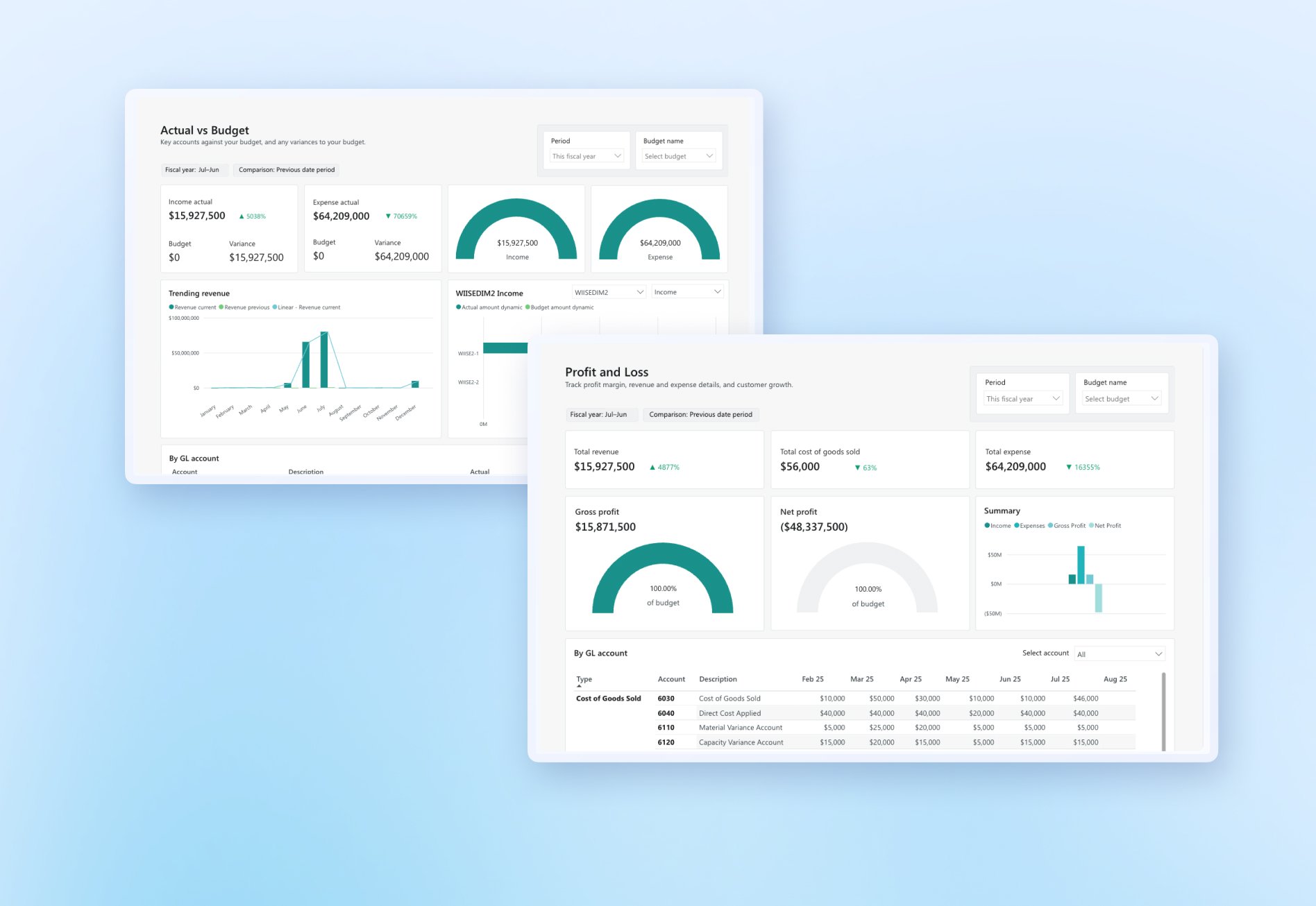The global crisis has exposed problems in supply chain management. From the great toilet paper crisis of April 2020, through to dwindling fresh food on supermarket shelves, suppliers are struggling, and consumer demand is all over the place. But you have to keep up with it to stay in business. So how do you stay on top of customer demand? What can you do to set yourself apart from your competitors? Here are our top 3 tips to help your business outlast this pandemic.
Get technical
Until recently, supply chain businesses have been a little slow to go digital — these businesses have lots of complex layers and manual processes. But COVID-19 has seen many companies digitising their operations, and fast.
In fact, 49% of small to medium-sized businesses changed the way they delivered products and services to their customers during COVID*. From a simple digital signature to avoid human contact through to creating entire websites to pivot to online sales, businesses are seeking new ways to operate and technology is at the forefront.
We get it. As a small or medium business, you're probably looking for ways to cut your spend right now. But the right tech can increase your productivity and end up saving you a great deal of money. Not to mention actually make it through the crisis with a functioning business.
For some manufacturers and distributors, the drive to adopt technology has been about safety. Often it's impossible to practice social distancing in these facilities and still operate effectively. So there's an opportunity for some to look to intelligent automation to take out the manual human interactions that could potentially shut you down.
From contactless food delivery services in B2C, and contactless proof of delivery for truck drivers in B2B—the tech needed to keep your people safe isn't necessarily expensive.
Self-service is flourishing. And not just for consumers. Business functions can be automated too, like people managing their own HR needs, submitting timesheets and checking on their leave allowance. Automating these processes limits human interaction which is important at the moment, creates efficiencies and removes the need for people to be using their time for manual activities.
Your competitors and are already investing in technology to reach customers online. And they’re focusing on giving customers a great online ordering experience. If you're not able to keep up, you're out of the game.
Next steps:
- Look at what processes in your supply chain can be automated
- Think of ways you can create a digital delivery experience, without the need for person to person contact
- Look at the feasibility of selling your product online, direct to the consumer
- Move suitable business functions to a self-serve model
- Find the right software to help you manage your supply chain, capture your data and respond to your customer
Get visibility of your data—then use it to plan
If you're still monitoring your supply and demand and planning with spreadsheets or pen and paper, you're not using the wealth of information at your fingertips. Once you've got your business on the right technology platform, you can start tapping into a huge opportunity — your business data.
Suppose you can use data to understand the trends in demand and supply, see what's happening in real-time and get better forward visibility. You could be much more responsive to subtle changes or significant shifts in the market. From the way that customers order online or click and collect. Or which shops they continue to go to. Or if they want to move to delivery only.
All these different things have happened during COVID. And businesses today see increasing or returning customer demand as their number one priority, followed by cash flow^. But without good data, it will be hard for you to get a deep understanding of those changes in demand, and hard for you to manage your supply.
Use your data to help you understand:
- Current customer demand: how are buying habits changing, what's selling and what's not, is your inventory carrying the right stock, do you need to change how you're getting goods from end to end?
- Supply availability: has your supply chain been interrupted, do you need to switch to local suppliers if overseas shipping is affected, are any components essential to your production in shortage?
- Your cash flow: are slowing sales affecting your cash flow, do you need extra cash to top up your inventory to meet demand, what's your cash flow position in 6 months if demand continues to fluctuate?
- Your customer: who are your customers, what are their new buying behaviours, and what does that demand picture look like?
You can use this information to tweak your business plan and prepare yourself for unsettled times.
Free up your people to get creative
A lot of people worry that process automation and increased use of tech means they'll be out of a job. But positively, we're not seeing a lot of people getting laid off due to their business improving their tech alone. And a lot of companies that invest in cloud ERP software are surprised to see that some of the tasks they were doing manually before or were assumed to be essential are no longer necessary.
Both IBISWorld's 'Wholesale Trade Report for 2020' and KPMG's 'Future of Supply Chain' report that wholesalers are already making a move. Many wholesalers are moving towards leaner supply chains that allow them to hold less stock, reduce costs and improve efficiency. The key to this relies on integrating logistics systems with their suppliers and customers, meaning fewer errors, better visibility and more customers.**
And the knock-on effect for your people is that, rather than wasting time on processing orders manually or taking days to put sales reports together, they're freed up to do something more meaningful.
People can move into more customer-focused and growth-focused positions. You can take the opportunity to improve service levels in an environment where human touchpoints are diminishing, invest in marketing to reach new audiences and drive sales. Build that eCommerce platform. Reach new markets through social media. The key is not to spend time collating data but switch to analysing it and using it to stay on the front foot.
If you don't have a clear picture of your business now, you can't make decisions confidently. And for businesses with manual processes, getting decent reporting and insights can take a long time. By the time you get the data, they're outdated. In today's landscape, things are moving fast, and there's something new every single day. So your goal should be to have a clear insight into your demand and supply chain in real-time, so you can stay in the game and meet your customers' ever-changing needs.
If we can help in any way, please reach out at hello@wiise.com. We'd love to hear how your business is changing its operating model to stay the course.
*(Source: 5676.0.55.003 - Business Indicators, Business Impacts of COVID-19, June 2020)
^ (source: 5676.0.55.003 - Business Indicators, Business Impacts of COVID-19, June 2020)
**Source: IBISWorld's Wholesale Trade Report 2020, KPMG – Future of Supply Chain 2020



